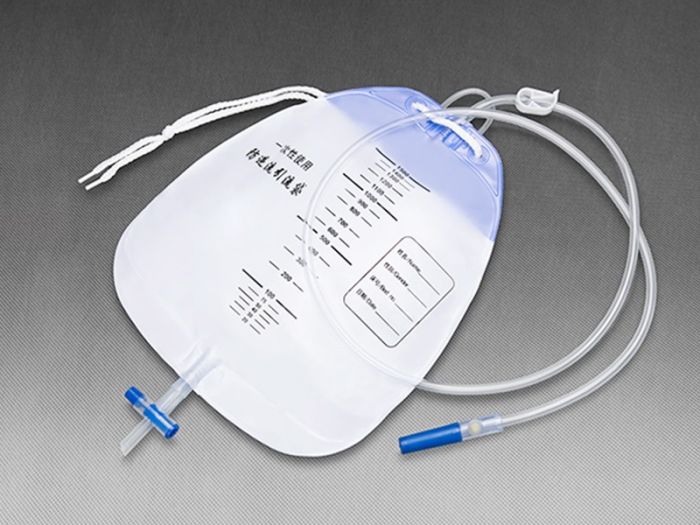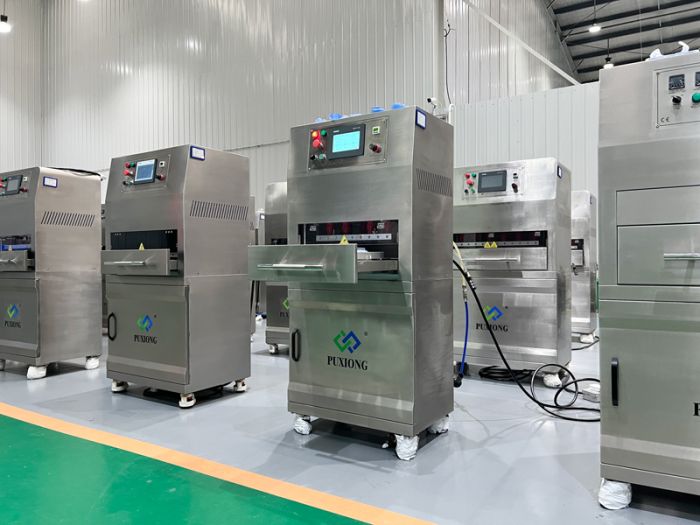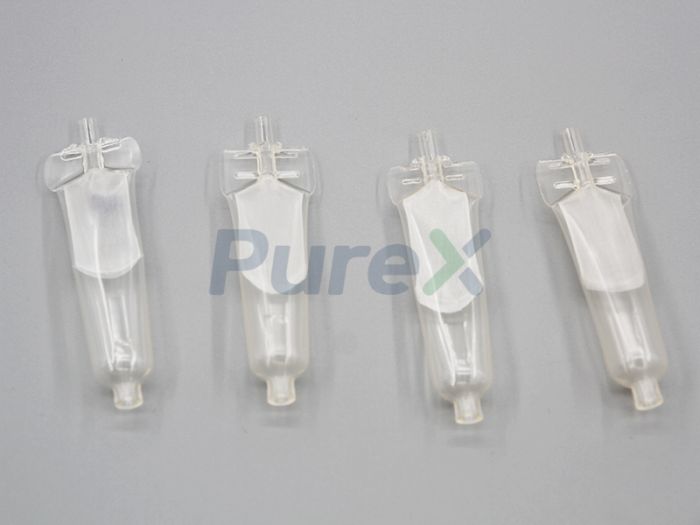The road to innovation in the production of ear wash balls
I. Material Selection for Ear Cleaning Bulbs
1. Traditional Materials
Traditional ear cleaning bulbs are primarily made from materials like rubber and silicone. These materials offer good elasticity and flexibility, adapting to different ear shapes and providing a comfortable user experience. However, they tend to generate static electricity during use, attracting dust and bacteria, which may harm the ears over prolonged use.
2. Advanced Materials
With technological advancements, new materials such as medical-grade soft PVC, biodegradable materials, and nano-antibacterial materials are increasingly being used in ear cleaning bulb production. These materials not only enhance environmental sustainability but also effectively inhibit bacterial growth, protecting ear health. Additionally, functional materials like negative ion-releasing and magnetic therapy materials are being incorporated to improve product performance and added value.
II. Heat Sealing Methods for Ear Cleaning Bulbs
1. Traditional Heat Sealing Methods
Traditional heat sealing methods can meet basic production needs but often result in issues like air bubbles and cracks during processing, compromising product quality and lifespan. These methods also require high-end equipment and incur significant production costs.
2. Advanced Heat Sealing Methods
To address these challenges, innovative techniques like high-frequency heat sealing welding have emerged. This method offers higher precision and efficiency, ensuring product quality while reducing costs. It is also highly adaptable and applicable to ear cleaning bulbs of various specifications.
III. Future Trends in Ear Cleaning Bulb Development
1. Personalized Customization
As consumer demands diversify, future ear cleaning bulbs will emphasize personalized customization. Users can select materials and shapes tailored to their ear anatomy, while manufacturers leverage data analytics to provide precise recommendations.
2. Smart Technology Integration
With advancements in IoT and AI, ear cleaning bulbs will evolve into smart devices. For example, connectivity with smartphones could enable real-time ear health monitoring, while built-in sensors could automatically adjust cleaning intensity to prevent harm.
3. Eco-Friendly Innovation
Amid growing environmental concerns, eco-friendly materials (e.g., biodegradable, non-toxic) will dominate production. Sustainable practices like high-frequency heat sealing will reduce energy consumption and waste, aligning with global sustainability goals.



